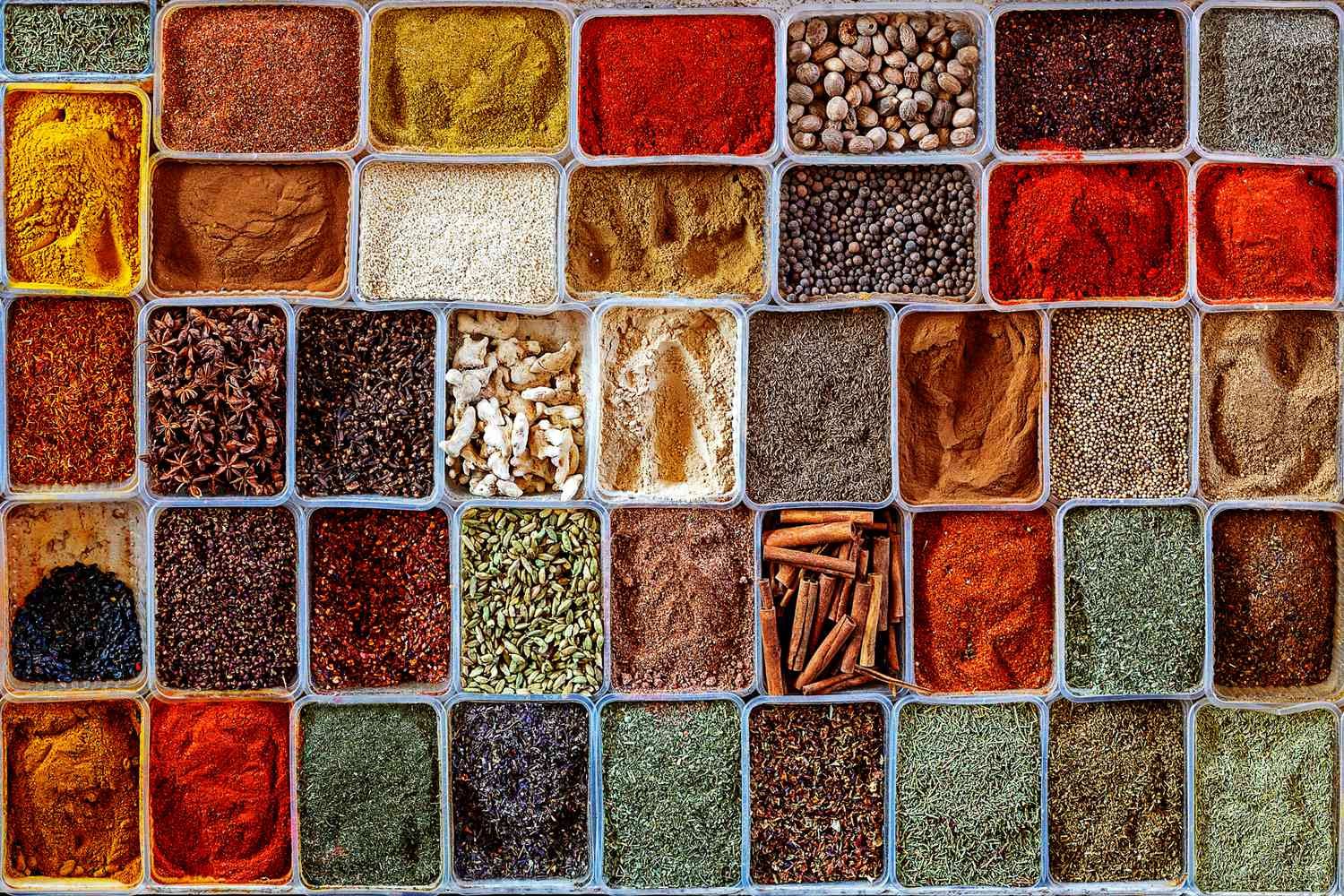A dull knife is not only inefficient, but it can also be dangerous. Proper knife sharpening is an essential skill for any chef, home cook, or outdoor enthusiast who relies on a sharp edge for precision and safety. While professional knife sharpening services exist, learning how to sharpen knives at home can save time and money while ensuring your blades stay in top condition. This guide will walk you through the art of knife sharpening, providing essential tips, techniques, and tools to get you started.
Why Knife Sharpening Is Important
1. Efficiency and Precision
A sharp knife is more efficient because it cuts through food with ease, requiring less force and reducing the chances of slipping. Whether you’re dicing vegetables or filleting fish, sharp knives provide greater precision and control.
2. Safety
While it may seem counterintuitive, dull knives are actually more dangerous than sharp ones. They require more force to cut through food, making them more likely to slip and cause accidents. A sharp knife offers better control, reducing the risk of injury.
3. Longevity of Your Knives
Regular sharpening can help extend the life of your knives. By maintaining the edge, you prevent unnecessary wear and tear, allowing your knives to perform at their best for many years.
Understanding Knife Edges
Before delving into sharpening techniques, it’s important to understand the anatomy of a knife edge. The edge is the part of the knife that makes contact with the cutting surface, and it needs to be carefully maintained for optimum performance. Over time, the edge wears down and becomes dull, but with proper sharpening, you can restore the blade to its original sharpness.
The angle of the blade is also important in sharpening. Most kitchen knives are sharpened at a 20-degree angle, though some knives, like Japanese ones, might require a finer angle, such as 15 degrees.

Tools for Knife Sharpening
There are several tools available for sharpening knives, each with its own advantages and limitations. Here’s a rundown of the most popular options:
1. Sharpening Stones (Whetstones)
Sharpening stones, or whetstones, are one of the most traditional and effective methods for sharpening knives. These stones come in various grits, ranging from coarse (for repairing a dull or damaged edge) to fine (for honing and polishing).
- Coarse Stone (200-400 grit): Ideal for repairing damaged edges or removing chips.
- Medium Stone (800-1000 grit): Suitable for regular sharpening and edge refinement.
- Fine Stone (3000-8000 grit): Used for polishing the blade to achieve a sharp, smooth finish.
2. Honing Rods
While honing rods (also known as sharpening steels) don’t technically sharpen the blade, they help maintain the edge between sharpening sessions. They realign the blade’s edge, keeping it straight and preventing it from becoming dull prematurely.
Honing rods are available in different materials, including steel, ceramic, and diamond-coated options. A honing rod is best used every few uses to keep your knife in top condition.
3. Electric Sharpeners
Electric sharpeners are convenient for beginners and those who want a quick solution. They consist of motorized abrasive wheels that automatically sharpen the blade. They are effective but may not provide the level of precision offered by whetstones.
4. Manual Sharpening Systems
Manual sharpening systems, such as pull-through sharpeners, allow you to slide the knife through pre-set sharpening slots. These systems are easy to use and offer consistent results, but they are best for occasional sharpening rather than heavy-duty use.
Step-by-Step Guide to Sharpening Knives
Now that you’re familiar with the tools, let’s go over the step-by-step process for sharpening a knife using a sharpening stone.
Step 1: Set Up Your Sharpening Area
To get started, you’ll need a flat surface where you can securely place your whetstone. Place a damp towel or non-slip mat underneath the stone to keep it in place while you work.
Step 2: Soak the Whetstone
If you’re using a water stone, soak it in water for about 10-15 minutes before starting. This helps prevent the stone from drying out and ensures that the sharpening process goes smoothly.
Step 3: Sharpen with the Coarse Grit
Start with the coarse side of the stone if your knife is very dull. Hold the knife at the desired angle (usually 20 degrees for most kitchen knives) and gently slide the blade across the stone, moving from heel to tip. Apply even pressure and repeat the process on both sides of the blade. Perform 5-10 strokes on each side to begin reshaping the edge.
Step 4: Switch to the Medium Grit
Once you’ve worked on the coarse side, flip the stone to the medium grit. Repeat the sharpening process, gradually refining the edge. At this point, you should be able to feel the blade becoming sharper.
Step 5: Fine-Tune with the Fine Grit
Now, move on to the fine grit side of the stone. This step polishes the edge and removes any burrs created during the sharpening process. Perform several gentle strokes on each side of the blade to achieve a razor-sharp finish.
Step 6: Rinse and Dry the Knife
After sharpening, rinse the knife to remove any metal particles that may have accumulated. Dry it thoroughly to prevent rusting. You can now test the sharpness of your knife by carefully slicing through a piece of paper or testing it on a tomato.
Step 7: Hone the Blade
Finally, use a honing rod to realign the blade and maintain its sharpness. Hold the rod vertically and gently slide the knife down, alternating sides as you go. A few strokes on each side should suffice.
Additional Tips for Knife Maintenance
- Use a Cutting Board: Always use a wooden or plastic cutting board. Avoid cutting on hard surfaces like glass or stone, which can damage the blade.
- Store Your Knives Properly: Store knives in a block, magnetic strip, or protective sheath to prevent the edges from becoming dull or damaged.
- Avoid Dishwashers: Never put your knives in the dishwasher, as the harsh detergents and heat can damage the blade and handle. Hand wash your knives and dry them immediately.
Conclusion
Mastering the art of knife sharpening will keep your blades in excellent condition, enhancing your cooking experience and ensuring safety in the kitchen. With the right tools, techniques, and a bit of practice, you’ll be able to keep your knives sharp and ready for any task. Remember, a sharp knife isn’t just an efficient tool—it’s also a safer one. So, take the time to learn this valuable skill and enjoy the precision and joy of cooking with a perfectly honed blade.











